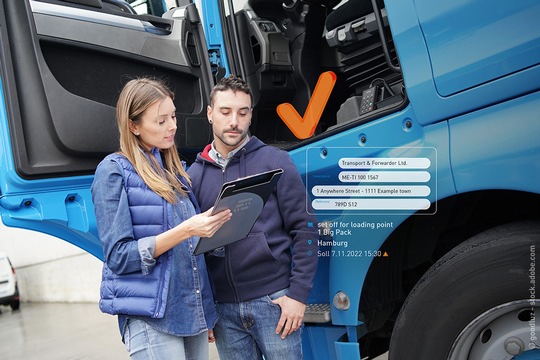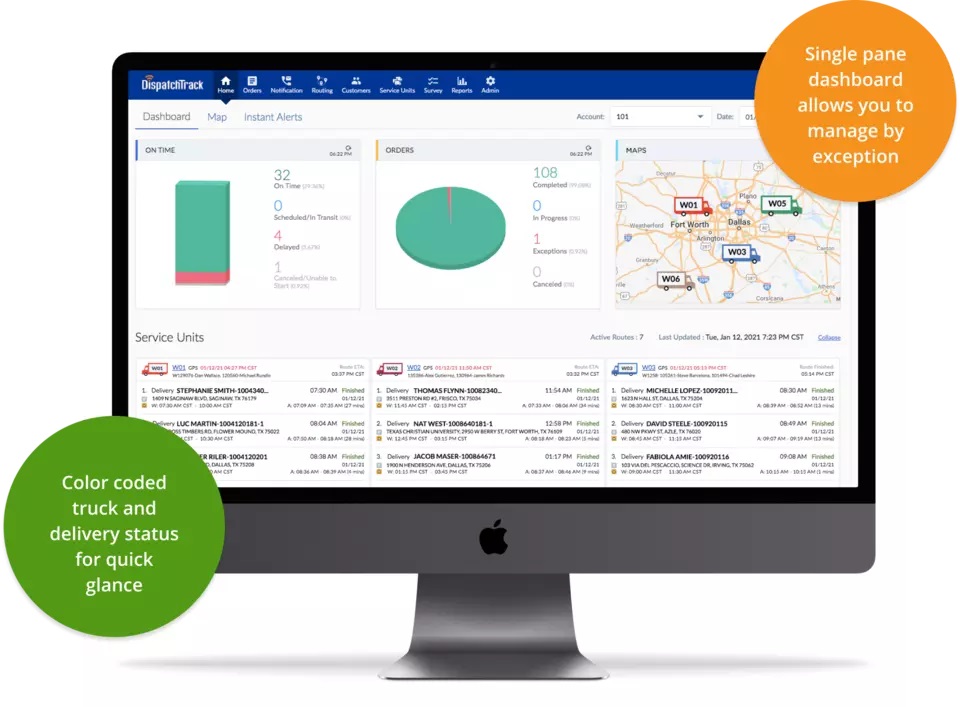Far from being a problem, do returns conceal a golden opportunity? Neil Adcock, Managing Director at Bis Henderson Consulting, reveals how to unlock the value hidden in returns data.
The news that Zara is to introduce a modest charge for returns may be the ‘permission’ other retailers need to reconsider their whole approach to returns.
It may be hard to believe, but until recently most retailers only allowed returns if there was some fault with the product. Partly in recognition that online customers can’t try on clothes many e-retailers started to offer more flexible returns. In today’s competitive market this has spiralled into many customers now enjoying the convenience of unlimited returns.
Unfortunately, returns have grown significantly and not just in the fashion sector. But far from being a problem, there may be a hidden, golden opportunity.
In the US last year, 20.8% of goods bought online were returned – that is across all categories, with figures above 30% cited for clothing. And expectations around returns have infected the physical market: the rate of returns across all channels increased from 10.6% to 16.6% between 2020 and 2021.
The challenge of handling returns is only likely to grow, as are the costs. Estimates vary, but a typical finding is that returns are costing retailers 21% of order value. If the return results in an exchange that may just about be supportable – if, as is often the case, it results in ‘no sale’ and a refund, then that is a serious impact to the bottom line.
The standard advice is to accelerate the returns process, both to get cash back into the customers’ pocket so they can spend it again, and to ensure that returned items are made quickly available for resale – but how, without even greater cost? To determine the appropriate returns strategy retailers need to understand what is going on and tapping into returns data may unlock some important insights.
Returns have many causes, such as: manufacturing faults, damage in transit, the wrong goods being despatched, goods not matching the online description or image, and in fashion/apparel, garments not fitting as expected. Consumers have rights and simply tightening up on the criteria for returns, or red-lining ‘problem’ customers, not only risks generating adverse consumer sentiment, but may not be legal. Instead, find the causes, and act on them.
The necessary data can only come from the consumer, but returns data is often scant, manual, and unreliable. Retailers could be missing out on a goldmine of useful insights. Good data and sound observations can inform the best route for processing items, providing valuable feedback about the product and also about the customer’s preferences, the ways they shop and what they value. Such insights may hold the key as to how they may be influenced.
Getting hold of the data
Capturing that data is the first hurdle. Interactive returns portals and good RMA (Returns Merchandise Authorisation) systems would be an obvious starting point. Yet strangely, a recent survey by retail systems specialist Brightpearl found that 69% of retailers are not using tech solutions to automate and process returns.
Even if they are, do retailers ask the right questions? A review of current reason codes, encouraging free text and investing in reading what comes back could be eye opening?
All too often the return form has a very restrictive list of leading questions, and this may result in a customer worrying about their return being approved. So selecting the reason that is least incriminating they will tick ‘fits differently than expected’ rather than genuine reasons like ‘selected multiple sizes to determine best fit’.
Encouraging more detail is key. When a clothing product is cited as too big, where is it too big – all over, the sleeves, the neckline? Or is it really that the shape and style is wrong for that customer, hence it appears too big. Understanding the true reasons for an item being returned is invaluable, informing product design, website description, and may highlight ways of influencing customers’ product choices. Additionally, retailers regularly only allow for a single return reason, even though the customer could be returning multiple items, or have several points of dissatisfaction.
Mining these insights may prompt investment in other forms of technology. In the apparel space, for example, there are systems that claim to match the consumer’s true size and dimensions against different brands’ notoriously variable interpretations of ‘size’. Drapr, for example, claims this can reduce returns by 26%. Another business, Truefit, extends this to fabric ‘feel’ and other factors, and suggests that users also create profiles for friends and family thus ‘taking the guesswork out of gifting’ – a notorious source of returns. Some also claim that, by working with what the consumer is reporting, they can generate more exchanges, and fewer refunds.
Returns costs
Even the best-run retailer will have some returns. A self-service portal can make life easier for the customer and provide the business with an opportunity to manage costs in a way that could offer real benefits to the business – particularly if that business fully understands its costs-to-serve.
The cost of processing returns may include:
- A carrier or fleet cost – to return the item(s) from the customer or a local hub to a processing location – which may or may not be the retailer’s own distribution centre. There may be ‘first mile’, consolidation, and trunking elements. If the commerce is cross-border there may be additional complications involving Customs, VAT etc, all of which raise costs.
- An admin cost – to both understand the return reason(s) and to initiate a refund
- Assessment costs to ascertain condition. That might be a simple visual inspection, but it could require electrical testing, for example.
- A processing cost – to make the item re-saleable, such as steam cleaning or re-boxing.
- Disposal costs for packaging that can’t be re-used.
- A restocking cost – to get the item back in to stock both systemically and physically.
Attached to many of these activities may be some fairly significant facility or warehousing costs. Different types of products and their sales and returns channel will attract different processes and costs. Plus consideration needs to be given to minimising any environmental impacts.
Getting the customer to provide more details for a return, for example the nature of any damage, can help reduce some of those in-house costs and reduce the processing time.
A smart algorithm can determine whether the item being returned should be expedited, to maximise resale value, via the quickest return route (often at higher cost) or whether the item can be returned via the most cost-efficient route. Some companies go as far as offering a customer a discount to keep the item, or asking them to donate it to charity instead of incurring the cost of processing the return.
Other factors around returning stock include environmental and brand considerations, such as responsible disposal for damaged goods, and exit routes for now out of season or surplus items.
Product feedback
Conventional product reviews are often written well after purchase and by very happy or very unhappy customers. The data gathered during the returns process can offer as much, if not more, insight into the product itself. This can help retailers understand trends in SKUs, issues with quality, fit, price or just where the digital presentation does not match the reality of an item. Capturing intelligence in a timely way may allow faster in-season decisions around website descriptions, product promotion or markdown cycle.
Fashion returns rates are driven largely by product sizing. Seeking the right feedback from the returns process can help to prevent further returns, for example, altering how a product is presented digitally. Such intelligence can also inform future product design.
Customer feedback
Returns data can be a rich source of insights into customer behaviour. What gets returned is a story of how a customer buys, when they buy, how they prefer to interact and provide feedback, and how they prefer to physically return items. Knowing how they are influenced by, for example, home collection or non-retail drop off locations, can suggest how the returns network can be designed for a positive customer experience, at the lowest-cost and with minimal environmental impact.
In summary
Zara has let the genie out of this bottle, and the policies and strategies retailers adopt around returns may prove critical. The first step is to truly understand the cost of returns to your business, then ask yourself if you have a handle on your returns data – are you really extracting all the value it can genuinely provide for the product, sales and supply chain functions?
Understanding your returns cost to serve, or competitor benchmarking may be a useful next step in your journey. Our experts will blend pragmatic experience, market insight and operational expertise to help you turn your returns conundrum into an opportunity.











